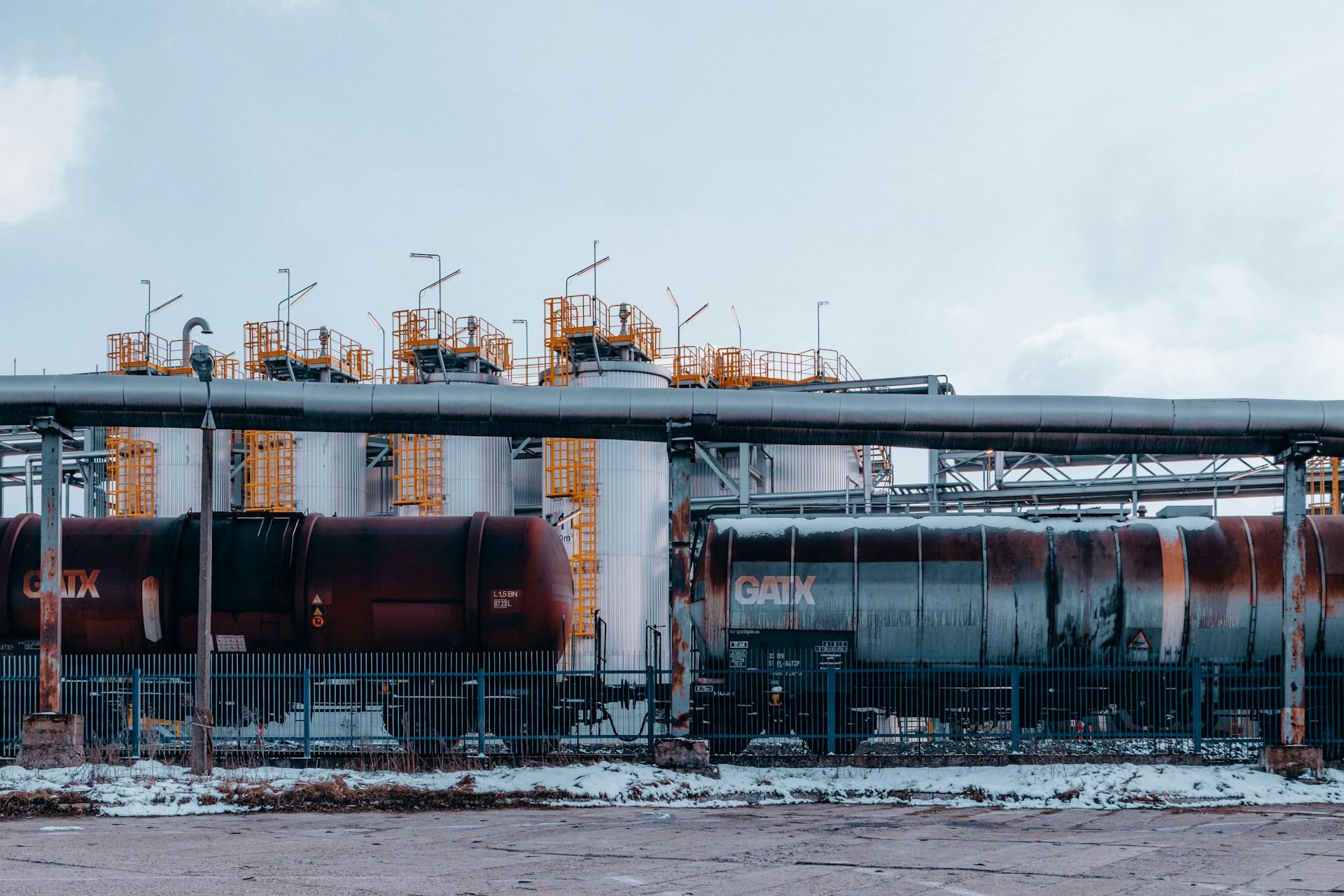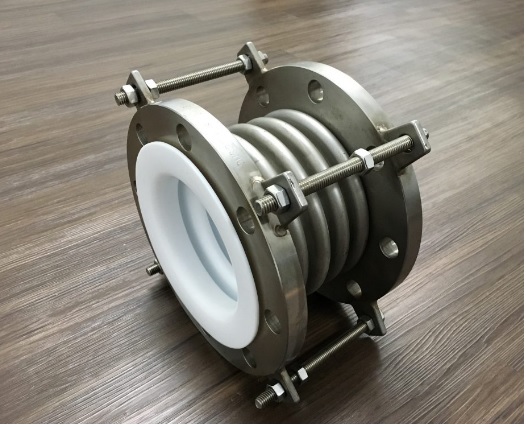In industrial environments where chemical aggression, high temperatures, and corrosion are part of daily operations, the smallest component can be the single point of failure—or the unsung hero. Teflon expansion joints, also known as PTFE expansion joints, fall squarely into that latter category when engineered correctly. At Zepco, we supply them and engineer solutions that withstand some of the harshest industrial conditions on the planet.
Whether you’re in pharmaceuticals, chemical processing, or water treatment, managing caustic fluids and volatile conditions is the norm. But standard expansion joints? They often just don’t cut it. That’s where Zepco’s Teflon expansion joints redefine what durability and flexibility truly mean.
The Challenge: Handling Aggressive Fluids and High-Temperature Environments
In systems where fluid transfer involves aggressive acids, alkalis, or ultra-pure liquids, the risk of material degradation, leaks, and downtime runs high. These are high-stakes environments—think nitric acid in a chemical plant, sterilization lines in pharmaceutical labs, or chlorine processing in water treatment facilities. For these applications, corrosion resistance and thermal integrity aren’t optional—they’re critical.
Standard rubber or metal joints buckle under this kind of pressure—literally. Enter PTFE expansion joints, a resilient solution for maintaining performance when everything else is falling apart. Their non-stick surfaces, chemical inertness, and broad temperature thresholds make them the ideal fit.
What Are Teflon (PTFE) Expansion Joints?
Let’s break it down: Teflon, scientifically known as polytetrafluoroethylene (PTFE), is a synthetic fluoropolymer with properties that feel tailor-made for extreme conditions. It’s chemically inert, thermally stable, and has a non-stick surface, making it perfect for both highly reactive and high-purity fluid systems.
Zepco’s Teflon expansion joints absorb axial, lateral, and angular movements, which means they can adapt to thermal expansion, equipment vibration, and system misalignment—without cracking, leaking, or compromising flow. That’s convenience and mission-critical reliability.
Built by Experts: Zepco’s Approach to Teflon Expansion Joints
Zepco doesn’t do off-the-shelf. Every Teflon expansion joint we manufacture is custom-engineered with precision. We use multi-layered construction for added strength, leak-proof sealing systems for reliability, and corrosion-resistant materials for longevity.
Need a custom face-to-face dimension? We’ve got it. Flange size options to match your specs? Absolutely. Zepco works hand-in-glove with your team to deliver joints that fit perfectly into your pipeline.
Industry Use Cases: From Clean Labs to Chemical Plants
Our clients run the gamut from pharmaceutical manufacturers that require FDA-compliant systems to pulp and paper mills managing harsh process chemicals. Each industry presents unique challenges, and Zepco’s Teflon expansion joints are tailored to solve them:
- Chemical Processing: Withstand corrosive fluids like sulfuric acid, hydrochloric acid, and ammonia.
- Pharmaceuticals: Ensure purity, resist contamination, and meet USP Class VI standards.
- Water Treatment: Handle chlorine, ozone, and other aggressive oxidizers with ease.
- Food & Beverage: Comply with sanitary standards while resisting cleaning chemicals and thermal shock.
When fluid integrity, system uptime, and safety are non-negotiable, PTFE expansion joints are the unsung heroes behind the scenes.
Why Zepco’s Teflon Expansion Joints Stand Out
Let’s get into specifics. Zepco’s joints are chemically resistant and built to handle vibration, absorb thermal stress, and extend the lifespan of connected equipment. This flexibility protects your systems and reduces overall maintenance costs. The result? Fewer shutdowns, less replacement spend, and more peace of mind.
Need high-pressure performance? Zepco delivers. Facing high heat? No sweat. Our molded PTFE designs offer unrivaled performance under pressure, quite literally.
Durability That Meets Industry Standards
It’s not enough to perform well—we also meet the highest safety and regulatory standards. Zepco’s Teflon expansion joints are built to comply with FDA, USP Class VI, and other industry-specific certifications, ensuring they’re as compliant as they are capable. That includes operation in both high-temperature and high-pressure systems without warping, cracking, or leaching.
Why Industrial Pros Trust Zepco
We’ve been in the game for over 40 years. That’s four decades of engineering, customizing, and optimizing for some of the toughest applications across North America. Our clients know they’re getting more than a product—they’re getting technical expertise, fast turnaround, and white-glove support every step of the way.
If you’ve been burned by generic suppliers who ghost you when things go sideways, you’ll find Zepco a refreshing change. We pride ourselves on being accessible, responsive, and transparent.
Ready to Upgrade? Let’s Talk.
If your systems are exposed to corrosive chemicals or extreme heat, don’t settle for anything less than the best. Zepco’s Teflon expansion joints are designed to protect your investments, maintain operational integrity, and keep your business moving forward—safely and efficiently.
Let’s get you the chemical-resistant, vibration-absorbing solution your operation needs. Reach out to Zepco today for a custom consultation, specs, or a fast quote.
Teflon expansion joints are components and the silent protectors of your system’s long-term performance. With Zepco, they’re also a strategic advantage.



